With the HP Multi Jet Fusion 3D printing process, we offer you an innovative solution that has been specially developed for industrial applications. MJF technology makes it possible to produce high-quality parts with excellent mechanical properties quickly and cost-effectively.
Our Multi Jet Fusion Service guarantees a smooth process from the idea to the finished product. We support you in every phase of your project with our expertise and experience. Thanks to personal support, you can be sure that your component will meet your expectations exactly.
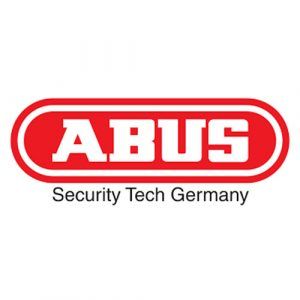

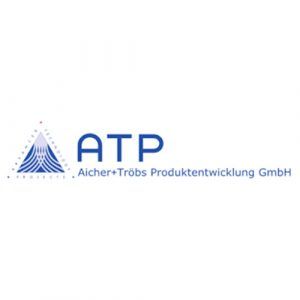
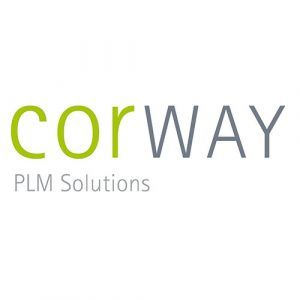
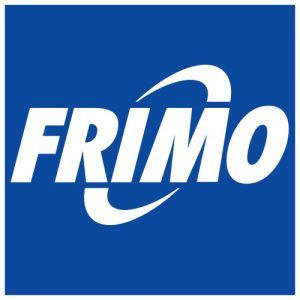
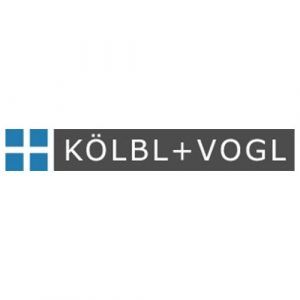

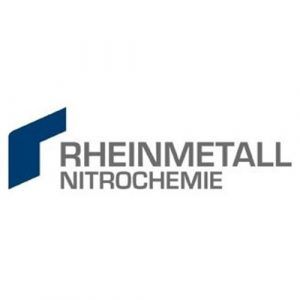
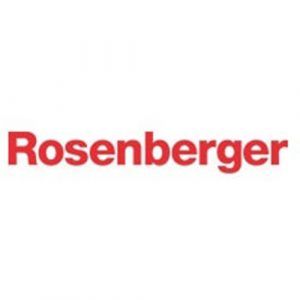
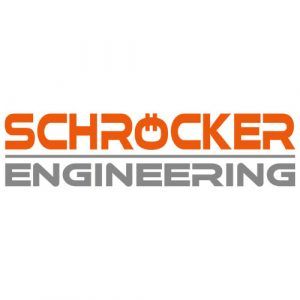
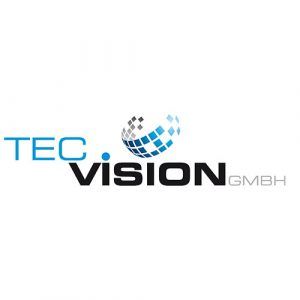
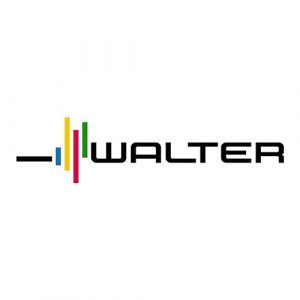

Super quality, super service. Even for very short-term projects on our part, we could always count on Mr. Reizner & his team.
Protec3D has been a very reliable and trustworthy supplier which we in ZiaDent Sweden AB would highly recommend! The products are high quality and sustainable.
A company that offers high-quality materials combined with a profile of professional seriousness, where it meets delivery times and is committed to monitoring customers and ensuring their satisfaction. Absolutely recommendable
Many thanks for the fast and high-quality service. Gladly again at any time!
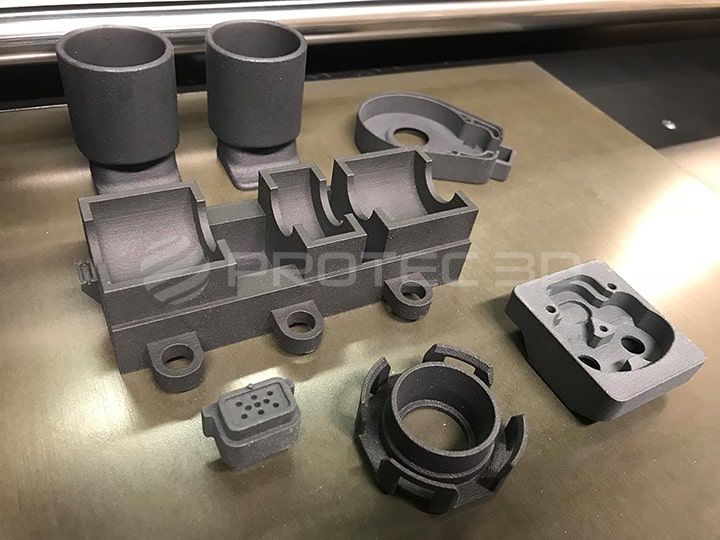
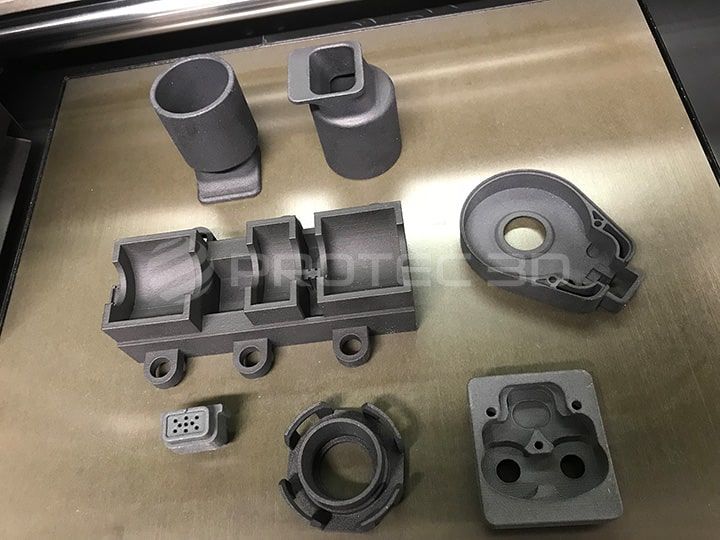
The MJF 3D printing process is ideal for manufacturing components that are used in the automotive, electronics and mechanical engineering industries, for example. With the ability to print complex parts without the need for support structures, MJF offers time and cost savings over traditional manufacturing methods.
This process offers a flexible and efficient way to manufacture complex components, minimizes material waste and reduces the need for extensive reworking.
HP’s Multi Jet Fusion (MJF) process is ideal for a wide range of users looking for a fast, flexible and high-quality solution for the production of prototypes through to final products. Ideal for:
With PROTEC3D as your partner, you benefit from comprehensive support and advice to fulfill these requirements and successfully implement your projects using the MJF process.
The Multi Jet Fusion (MJF) process shows its true strength particularly with higher production volumes. In the following table you can find out for which applications this method is best suited:
| Description | Specific applications | |
| Attention to detail | Produces parts with high accuracy and homogeneous, slightly rough surfaces | Suitable for parts that require precise tolerances and are to be used in series production |
| Production speed | Faster than other 3D printing processes | Ideal for fast production, especially for larger quantities |
| Material selection | Wide selection of plastic materials for different requirements | Flexible for various applications, depending on the component requirements |
| Economic efficiency | Low unit costs for medium to large quantities | Cost-efficient for the production of small batches or prototypes in series production |
| Complex parts without support structures | Enables complex parts to be printed without additional supports | Reduces post-processing time and costs |
| Material properties | Robust components that meet the requirements of series use | Ideal for functional prototypes and end products that require consistent near-series quality |
Properties: It is characterized by high strength, durability, is food-safe and can be used flexibly.
Application: Ideal for prototypes, durable functional components and complex geometries.
Properties: Good impact strength and flexibility, biocompatible.
Application: Frequently used for parts in medical technology and other applications requiring flexibility. PA11 is more suitable for series production and for components with a lot of movement.
Properties: Improved rigidity and thermal resistance.
Application: Suitable for components that have to withstand high mechanical loads and high temperatures.
Properties: Flexible, rubber-like material.
Application: Ideal for flexible and elastic parts such as seals, hoses or shoe soles.
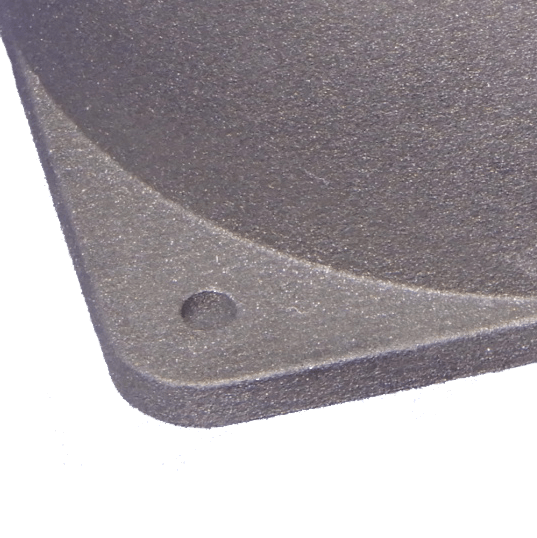
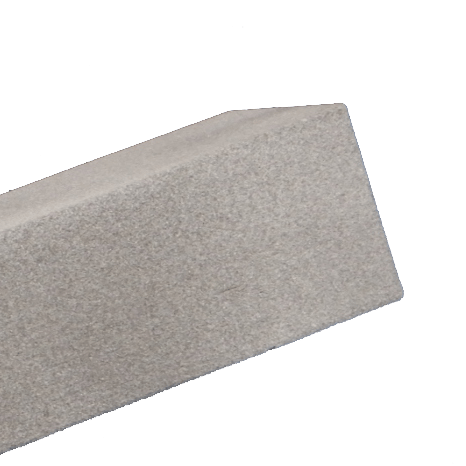
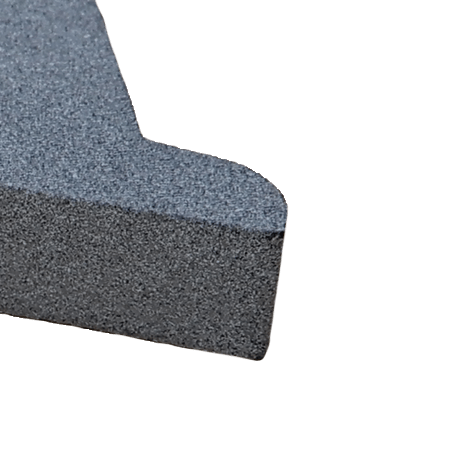
To ensure that your Multi Jet Fusion projects are realized with the highest efficiency and quality, PROTEC3D supports you throughout the entire process. Our customized process includes:
With PROTEC3D as your partner, you benefit from a specialized and well thought-out process that is designed to make your MJF projects a complete success, from the idea to the finished series.
With over a decade of experience and more than 1,000 successfully completed projects, our 3D printing service stands for quality, innovation and reliability. We understand the challenges and requirements of the industry for 3D printing service providers. We help you to achieve your production targets.

HP Multi Jet Fusion (MJF) is an advanced 3D printing technology developed by Hewlett-Packard that produces high-precision, functional parts at speeds that are often faster than other 3D printing processes. This technique enables the production of objects with uniform mechanical properties, a high level of detail and an excellent surface finish. MJF is particularly suitable for the production of prototypes and end parts in small to medium series and can process a wide range of materials, including various plastics.
Multi Jet Fusion works by selectively applying fusion and detailing agents to a powder bed of thermoplastic material. The basic process involves applying a thin layer of the powder material to the work surface. A print head, similar to those used in conventional inkjet printers, then applies the agents to the specific areas of the powder bed. A fusing agent promotes the fusing of the powder, while a detailing agent is used to define the contours and details by preventing fusing in the areas treated with it. The application of the agents is followed by a heat treatment that melts the material where the fusing agent was applied, thus building up the objects layer by layer. This precise and controlled application of the agents and subsequent heat treatment enables MJF to produce parts with complex geometries, high density and excellent surface quality.

The core idea is to pass on our knowledge and to convey the possibilities of 3D printing processes.
The range of applications for 3D printing is now almost unlimited!